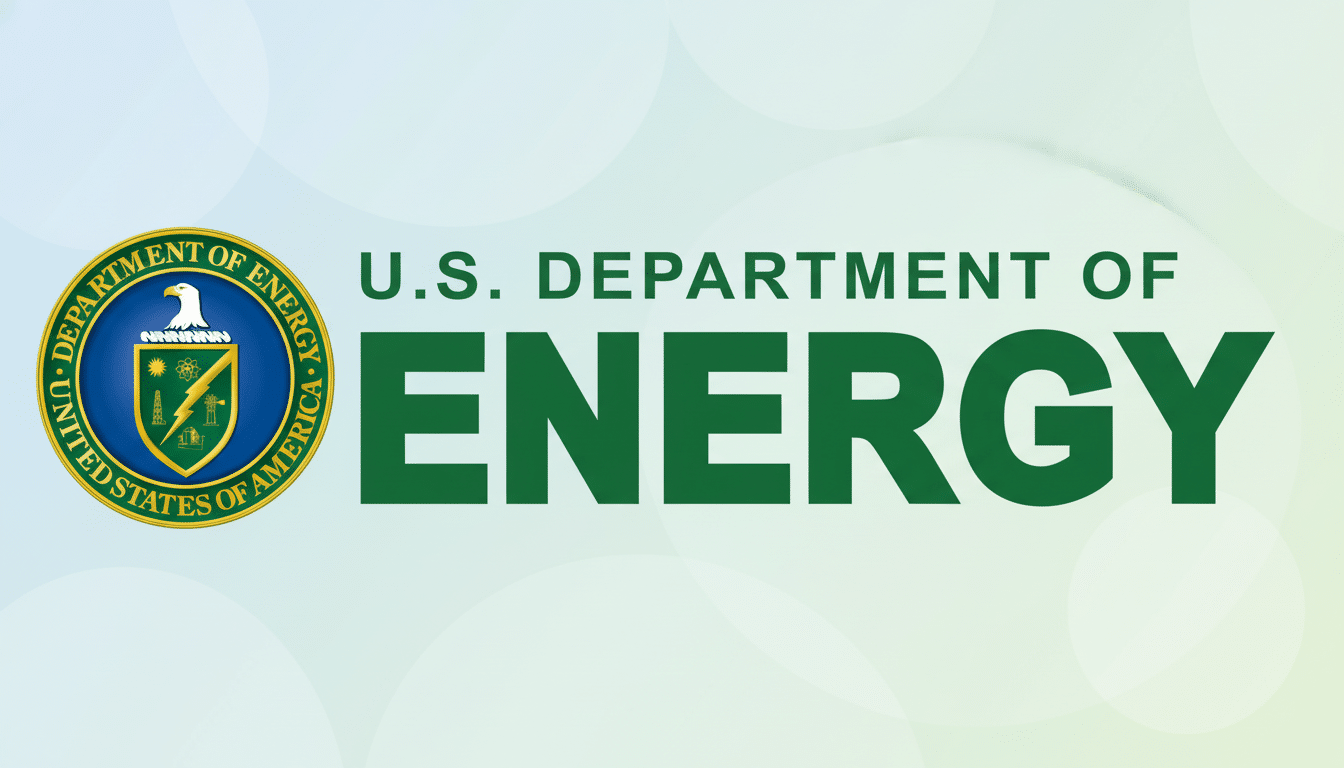A leaked internal memo describing how dozens of Energy Department research, grant and technology awards were to be reversed under the Trump administration has emerged as a portrait of the chaos of policy churned out on the fly — with winners and losers confused through a combination of shifting budgets, fluctuating priorities and faintly discernible political leaning. Billions of dollars’ worth of canceled contracts, with the heaviest blow delivered to states that supported Kamala Harris in the most recent election and minimal damage to many Trump-leaning ones, are detailed in the document.
What the memo shows about rescinded DOE awards
California leads the pack on losses, with at least $2.2 billion in canceled awards. Colorado, Illinois, Massachusetts, Minnesota, and Oregon each lost between $328 million and $521 million in projects, while New York also lost at least $309 million. In contrast, states that supported Trump generally had between $1 million and $9 million in reported cancellations, judging from a quick look at state-level data.
- What the memo shows about rescinded DOE awards
- Methane and carbon capture on the chopping block
- The politics and the process behind the cancellations
- Real-world consequences for energy and power markets
- Who wins and who loses from the rescinded projects
- What to watch next as legal and market reactions unfold

Some of the hardest punches connect in the electric grid. A $467 million grant to Minnesota — the largest from the Bipartisan Infrastructure Law — was set to modernize interconnections spanning seven Midwestern states. The project pledged to unleash about 28 gigawatts of new generation capacity, largely wind and solar. By comparison, Goldman Sachs has estimated the world’s data centers suck up around 58 gigawatts now — and that could well have made the added capacity a game-changer for reliability and industrial expansion.
A $630 million effort to install advanced conductors and dynamic line ratings in California had promised to create additional transmission headroom while serving as a national testbed for grid modernization. And an Oregon transmission project that would have brought $250 million to the Confederated Tribes of Warm Springs could also facilitate multiple tribal renewable developments and fiber along the route, an unusual duality for rural regions when energy becomes digital infrastructure.
Methane and carbon capture on the chopping block
Not all of the cuts aimed at clean electricity. The memo refers to two large methane-mitigation projects — $300 million for Colorado State University and $210 million for the Gas Technology Institute (GTI) — aimed at helping large and small oil and gas producers cut emissions from wells. Those awards were rescinded, part of a wider sweep that saw GTI forfeit a dozen projects worth $417 million.
Carbon management was a casualty, too. Ten of 21 awards for carbon capture and removal were canceled, totaling about $200 million. That tranche covered direct air capture demonstrations and industrial-scale capture pilots, areas the Department of Energy has identified as crucial for long-term decarbonization in reports, and other independent analysts (including the National Academies) have identified as essential to long-term efforts at slashing CO2, especially when it comes to hard-to-decarbonize sectors.
The politics and the process behind the cancellations
The leaked memo does not narrow the cancellations to one reason. It cites budget discipline, redundancy with other programs and legal liability around partially completed award negotiations. But the geography is hard to overlook. If overlaid with electoral maps, the cancellations show blue states taking the biggest dollar loss — although not as big a share of projects was killed in some red-state areas.
Policy analysts say energy grants frequently find themselves at the intersection of industrial strategy and electoral math. The Government Accountability Office has repeatedly recommended that agencies use clearly defined, standardized criteria when adjusting awards to ensure there is no political or regional favoritism. And here’s where the memo suggests criteria rapidly evolved — prioritizing projects seen as aligned with current administration goals while pushing others to the side for “programmatic realignment.”

Real-world consequences for energy and power markets
Supply chains are already reeling from uncertainty. Developers and manufacturers say abrupt reversals boost financing costs and delay equipment orders. The American Clean Power Association has previously connected policy fickleness to moribund interconnection queues and higher project risk premiums; the grid cancellations mentioned in the memo could exacerbate those trends.
Some recipients are considering relocations or second applications to countries with more stable policy, such as Canada and the E.U., which have multiyear commitments for hydrogen, grid and carbon capture programs. That turn would echo previous eras when U.S. clean energy companies raced after predictable incentives abroad, according to the International Energy Agency.
Who wins and who loses from the rescinded projects
The methane reductions could stun oil and gas producers who would benefit from leak detection, low-bleed systems and wellhead retrofits that reduce product loss and regulatory risk. Some of the GTI-led projects were designed to decrease emissions intensity among smaller operators who have no capital to upgrade their operations.
For the power sector, the grid cancellations could delay connecting new generation and storage at a time when data center buildouts, electrification and extreme weather are driving peak loads higher. The U.S. Energy Information Administration has cautioned that the expansion of transmission capacity is not keeping pace with needs, and pausing shovel-ready modernization projects will only delay the closing of this gap.
What to watch next as legal and market reactions unfold
Anticipate legal reviews and protests to follow as appropriate. States and universities can appeal terminations if they think the agency violated established procedures, and Congress can demand documentation through oversight committees. The Department of Energy, too, could adjust the scope or recompete some awards through its Grid Deployment Office or the Office of Clean Energy Demonstrations, but schedules would be stretched.
Outside the courtroom, the question is a practical one: Will private capital fill in the gap? As DOE and industry scholars have highlighted, history suggests that U.S. energy policy plays many small “shots on goal” to surface the winners. The memo’s sudden consolidation makes that funnel shorter. If developers shift to more hospitable markets and utilities hold off on upgrades, costs could go up — and so might reliability risks — just when power demand is taking off.
The leaked memo, however, reveals more than what was on the list of cancellations. It’s a glimpse of how rapidly the nation’s energy future can shift when politics, procurement and grid realities converge, and of what it takes — in megawatts, methane reductions and investor confidence — when they don’t.

